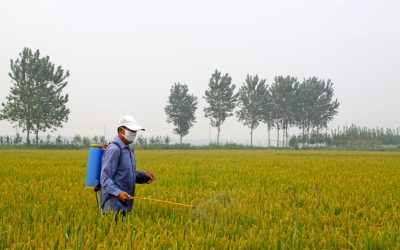Smart farming is a significant step forward from traditional farming because it brings predictability and certainty to the table. Smart Farming technologies help us manage collected data to use and combine it with data from multiple sources to create a wider picture that can be used to manage all of the farm’s activities.
Common technologies used in smart farming
Smart farming relies on three major technologies:
1. Robotics
2. Automation
3. Cloud computing
Robotics drones and sensor equipment strategically deployed around farms can collect data, which is then processed to create farm insights.
To undertake predictive analysis, cloud-based software can be used to collect and evaluate data on-farm, such as weather patterns, irrigation, yields, and satellite imaging.
Banks, farmers, food processing industries, insurance providers, seed producers, and the government all benefit from cloud-based software.
How Smart Farming differs from Traditional Farming?
Difference 1
• Throughout the region, the same set of crop-cultivation procedures are used in Traditional Farming
• In Smart Farming, each farm is examined to determine the best water and crops requirements for maximum efficiency
Difference 2
• It is not possible to geo-tag and detect zones in Traditional Farming
• Satellite imaging technology used in Smart Farming helps in identifying the various zones in farms
Conclusion
Smart Farming technologies focus on the management of agricultural activities using data collected from many sources (historical, geographical, and instrumental). It is not always the case that a technologically advanced system is a smart system.







